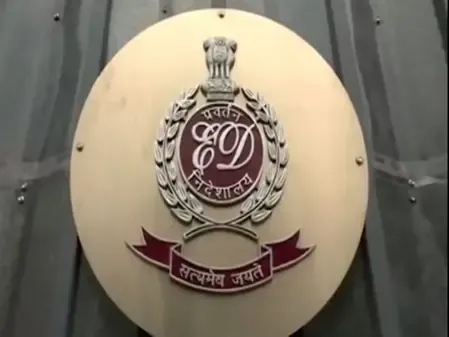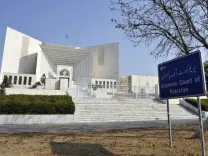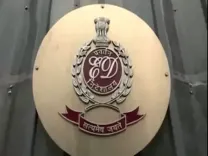Why Has Delhi Made Year-long Smog Guns Mandatory for High-Rises?

Synopsis
Key Takeaways
- Delhi mandates anti-smog guns for high-rises.
- Implementation is required within six months.
- Residential buildings are exempt from this mandate.
- Operation during specific peak hours enhances effectiveness.
- Legal clarity marks a significant shift in pollution control efforts.
New Delhi, May 30 (NationPress) In a groundbreaking move, Delhi has officially become the first city-state to enforce the year-round use of anti-smog guns on all commercial high-rise buildings, which include malls, hotels, and office complexes, as announced by Environment Minister Manjinder Singh Sirsa on Friday.
Minister Sirsa elaborated that the Department of Environment has issued an order under Section 5 of the Environment (Protection) Act, 1986, mandating the installation and functioning of anti-smog guns in designated high-rise buildings throughout the city.
He remarked, “This represents the first time that Delhi has implemented decisive actions leveraging vertical infrastructure to combat air pollution.”
The directive requires that eligible buildings install the anti-smog guns within six months, ensuring they operate continuously throughout the year, except during the monsoon season from June 15 to October 1.
This order pertains to all commercial complexes, malls, and hotels with a built-up area larger than 3,000 square metres, in addition to all institutional and office buildings that stand at ground plus five floors (G+5) or higher.
According to an official statement, residential homes, group housing societies, and standalone residential structures are exempt from this requirement.
The directive is based on sustained observations advocating for stringent measures to lower suspended particulate matter and mandates the use of anti-smog guns in high-pollution urban areas, stated Minister Sirsa.
He continued, “This action has been necessitated by the deterioration of air quality observed during the months from October to January, where the city faced prolonged periods of 'Very Poor' to 'Severe' air quality, highlighting the urgent need for impactful environmental measures.”
Minister Sirsa emphasized, “For years, the approach to pollution control was either advisory or seasonal. What we have accomplished today is historic. For the first time, Delhi has acted with legal clarity to address a long-ignored source of pollution. This is accountability in action.”
He further noted, “This government will not accept half-measures. Under the visionary leadership of Prime Minister Narendra Modi and the capable guidance of Chief Minister Rekha Gupta, we are embedding pollution control within urban infrastructure.”
The government directive stipulates that each eligible building must install a minimum number of smog guns proportionate to its built-up area—starting with three guns for areas under 10,000 square metres and increasing by one for every additional 5,000 square metres.
The devices must be affixed to the building's parapet wall using fixed brackets, rather than mobile trailers.
Each smog gun should possess a horizontal mist throw of 75 to 100 metres and generate droplets ranging from 5 to 20 microns to effectively target airborne particulate matter such as PM2.5 and PM10.
Operation must not exceed 1,200 litres per hour or 10,000 litres over an eight-hour day.
The smog guns are to be operated intermittently during peak pollution hours—6:30 to 9:30 a.m., 5:30 to 8:30 p.m., and 1:30 to 4:30 a.m.—in short bursts to maximize effectiveness while conserving electricity and water, as per the official directive.
The equipment should maintain minimal sound output from blowers and, where possible, incorporate integrated air quality monitoring sensors. Buildings between 7 and 10 stories are deemed optimal for achieving effective ground-level mist dispersion, the directive added.
The responsibility for implementation and enforcement has been allocated to the Municipal Corporations of Delhi, the Delhi Development Authority, the Public Works Department, the Central Public Works Department, NBCC, Delhi State Industrial and Infrastructure Development Corporation Ltd, Delhi Urban Shelter Improvement Board, and various other construction-approving or land-owning agencies.
These bodies are tasked with ensuring complete compliance and must submit quarterly reports to the Department of Environment, detailing actions taken, monitoring results, and any penalties enforced as necessary.









